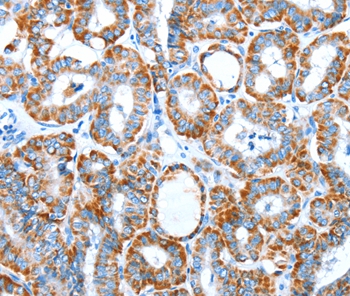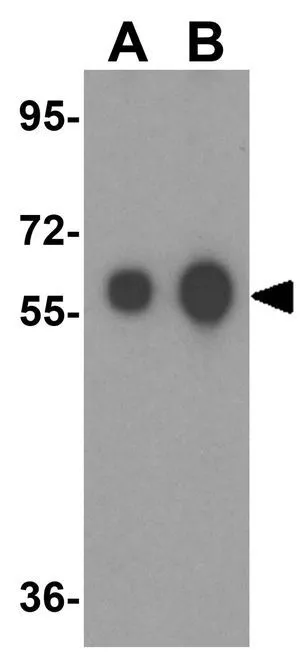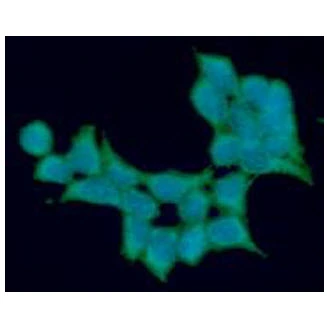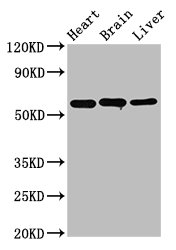ALDH5A1 antibody [N1C1]
GTX110181
ApplicationsImmunoFluorescence, Western Blot, ImmunoCytoChemistry, ImmunoHistoChemistry, ImmunoHistoChemistry Paraffin
Product group Antibodies
TargetALDH5A1
Overview
- SupplierGeneTex
- Product NameALDH5A1 antibody [N1C1]
- Delivery Days Customer9
- Application Supplier NoteWB: 1:1000-1:10000. ICC/IF: 1:100-1:1000. IHC-P: 1:100-1:1000. *Optimal dilutions/concentrations should be determined by the researcher.Not tested in other applications.
- ApplicationsImmunoFluorescence, Western Blot, ImmunoCytoChemistry, ImmunoHistoChemistry, ImmunoHistoChemistry Paraffin
- CertificationResearch Use Only
- ClonalityPolyclonal
- Concentration1 mg/ml
- ConjugateUnconjugated
- Gene ID7915
- Target nameALDH5A1
- Target descriptionaldehyde dehydrogenase 5 family member A1
- Target synonymsSSADH, SSDH, succinate-semialdehyde dehydrogenase, mitochondrial, NAD(+)-dependent succinic semialdehyde dehydrogenase, mitochondrial succinate semialdehyde dehydrogenase
- HostRabbit
- IsotypeIgG
- Protein IDP51649
- Protein NameSuccinate-semialdehyde dehydrogenase, mitochondrial
- Scientific DescriptionThis protein belongs to the aldehyde dehydrogenase family of proteins. This gene encodes a mitochondrial NAD(+)-dependent succinic semialdehyde dehydrogenase. A deficiency of this enzyme, known as 4-hydroxybutyricaciduria, is a rare inborn error in the metabolism of the neurotransmitter 4-aminobutyric acid (GABA). In response to the defect, physiologic fluids from patients accumulate GHB, a compound with numerous neuromodulatory properties. Two transcript variants encoding distinct isoforms have been identified for this gene. [provided by RefSeq]
- Storage Instruction-20°C or -80°C,2°C to 8°C
- UNSPSC12352203
References
- Martirosian V, Deshpande K, Zhou H, et al. Medulloblastoma uses GABA transaminase to survive in the cerebrospinal fluid microenvironment and promote leptomeningeal dissemination. Cell Rep. 2021,35(13):109302. doi: 10.1016/j.celrep.2021.109302Read this paper







